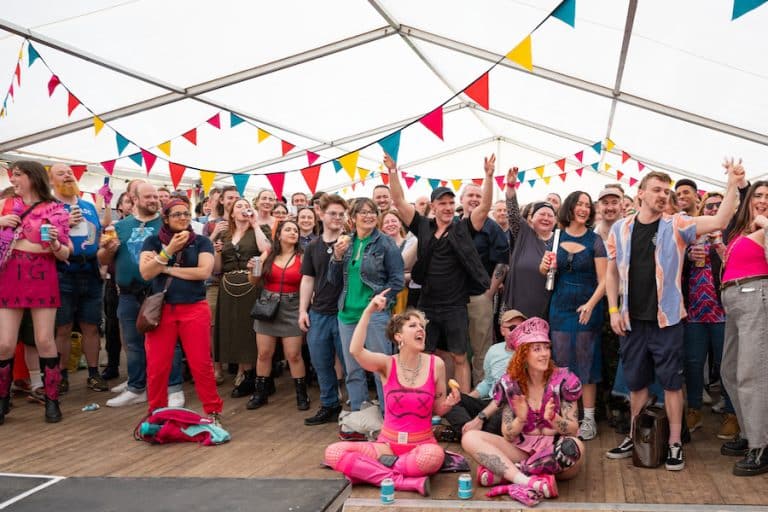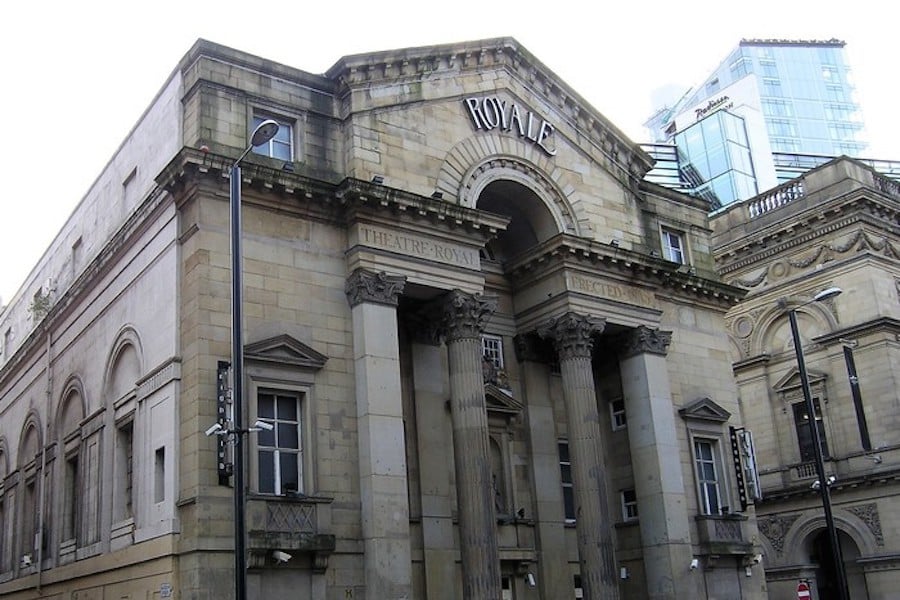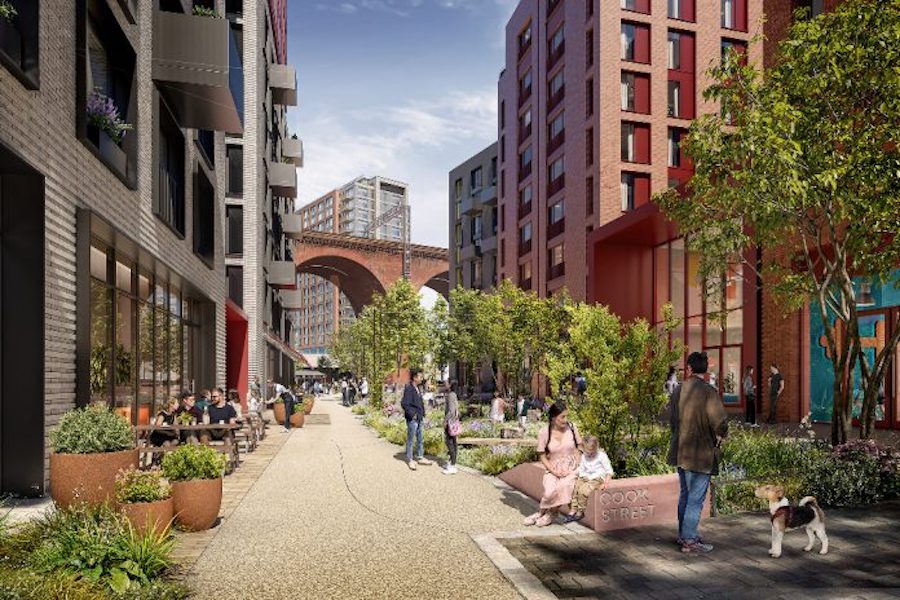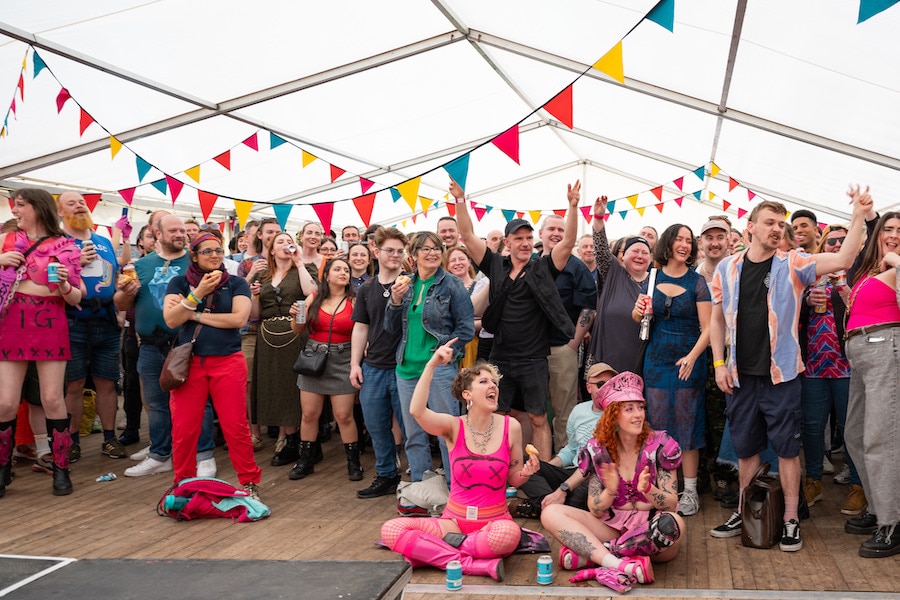MancBook Review: The Story of Manchester by Deborah Woodman
- Written by Ray King
- Last updated 7 years ago
- Books, City of Manchester
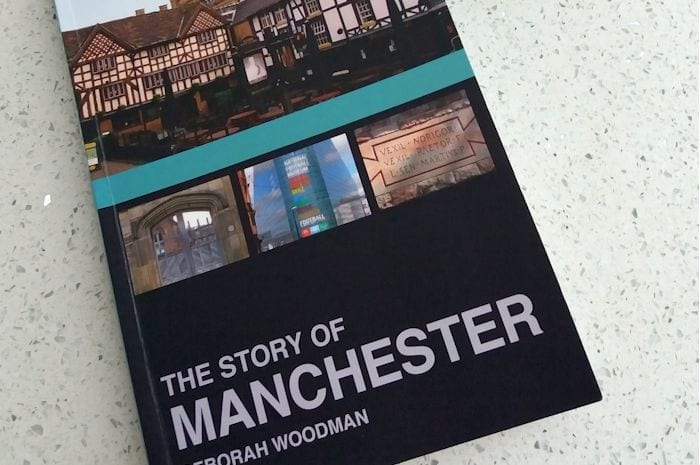
The trouble with attempting to tell the story of Manchester from the Roman occupation to the present day is that, for more than 1,000 of the intervening years, nothing much happened.
Even Roman Mamucium (or Mancunium), which lasted for around 300 years, didn’t really amount to very much. It was a minor fort in what we now call Castlefield around which the local Brigantes established a small settlement.
My favourite historian, the late A J P Taylor, wrote: “Manchester had a Roman foundation, though not worth lingering on about. Its only standing structural remains, the fragment of wall in a goods yard at the bottom of Deansgate, must rank as the least interesting Roman remain in England, which is setting a high standard.”
Deborah Woodman bravely begins her book with this quote, but claims Taylor doesn’t do justice to the beginning of Manchester’s story.
But bigging up General Agricola’s arrival with gems like “the garrison itself was built around AD79, ironically around the same time that Pompeii and Herculaneum were destroyed by the infamous eruption of Vesuvius in the Bay of Naples” serves only to diminish this obscure northern outpost. I suspect the ‘irony’ might have been lost on the plebeians of Pompeii as the volcanic ash rained down on them.
Wisely, however, she only devotes 18 pages to the occupation and many of those are taken up by describing various excavations and miscellaneous finds. Chester, York or Bath it ain’t.
So what happened when the Romans left? Not a lot. There’s a piece of romantic nonsense suggesting King Arthur’s foe Tarquin kept a castle in Manchester.
Lords of the manor came and went, some weavers arrived from Flanders and there was a minor skirmish between Roundheads and Cavaliers during the civil war as portrayed in the 19th Century painting by Ford Madox Brown and displayed in the town hall’s Great Hall.
But Brown’s series of paintings are themselves a construct, commissioned in a bid to give Manchester a history when mediaeval gothic revival was the height of fashion.
When Daniel Defoe came to Manchester in 1727, it was still ‘a meer village’ with no corporation, no MPs and its highest ranking magistrate was a constable. But it is the starting point of the real story of Manchester and it is a remarkable and unique one.
The contribution of Romans, Saxons, Normans, Plantagenets, Tudors and Stuarts towards the development of the world’s first industrial city in less than 150 years was effectively zero.
But that of an astonishingly inventive group of mainly local men in the latter years of the 18th Century was immense.
Richard Arkwright, John Kay, James Hargreaves and Samuel Crompton came up with the machines that took spinning and weaving out of the cottage and into factories, and James Brindley’s Bridgewater Canal brought the coal to keep them going.
Here Woodman’s narrative really takes off. It is concise and well-researched. But with each chapter featuring an introduction and a conclusion, her style is rather academic – perhaps not surprising, since her working background includes several universities.
She is strong on the unprecedented speed of Manchester’s growth, the resulting social conditions, and the radical politics – from Peterloo to the Chartists, the trade union movement and the campaign for women’s suffrage – that the class divide produced.
We see the origins of still familiar place names and the development of the city centre that continues to this day. One fascinating strand of her take on the city’s social history is the role of pubs and inns in the story – clearly an area of expertise, as Woodman completed her PhD on precisely this subject.
She also delivers a measured account of Manchester’s post-World War II decline. First the textile industry and then engineering all but collapsed, only for the city to reinvent itself as a post-industrial cultural hub – the penultimate chapter is called The Madchester Years.
The Story of Manchester by Deborah Woodman is published by The History Press, £16.99
- This article was last updated 7 years ago.
- It was first published on 22 August 2017 and is subject to be updated from time to time. Please refresh or return to see the latest version.
Did we miss something? Let us know: [email protected]
Want to be the first to receive all the latest news stories, what’s on and events from the heart of Manchester? Sign up here.
Manchester is a successful city, but many people suffer. I Love Manchester helps raise awareness and funds to help improve the lives and prospects of people across Greater Manchester – and we can’t do it without your help. So please support us with what you can so we can continue to spread the love. Thank you in advance!
An email you’ll love. Subscribe to our newsletter to get the latest news stories delivered direct to your inbox.
Got a story worth sharing?
What’s the story? We are all ears when it comes to positive news and inspiring stories. You can send story ideas to [email protected]
While we can’t guarantee to publish everything, we will always consider any enquiry or idea that promotes:
- Independent new openings
- Human interest
- Not-for-profit organisations
- Community Interest Companies (CiCs) and projects
- Charities and charitable initiatives
- Affordability and offers saving people over 20%
For anything else, don’t hesitate to get in touch with us about advertorials (from £350+VAT) and advertising opportunities: [email protected]

Here’s how the incredible revamp of Manchester Airport Terminal 2 will look when finished
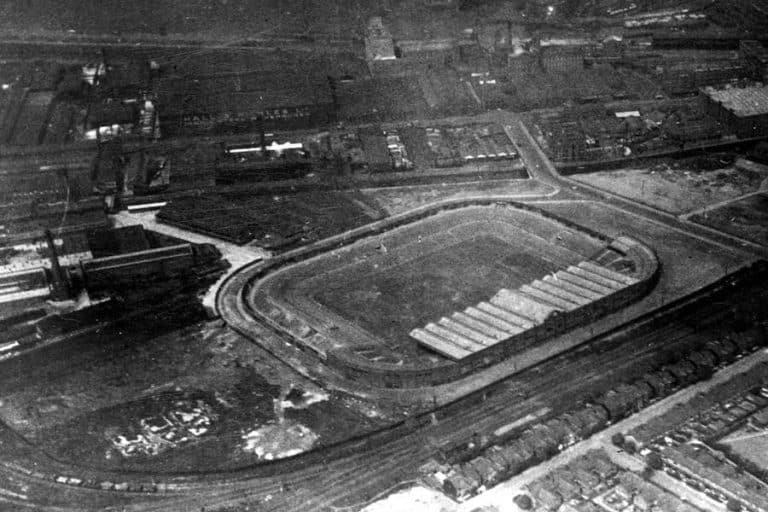
The Greater Manchester town centre going through a reboot – but will it succeed?
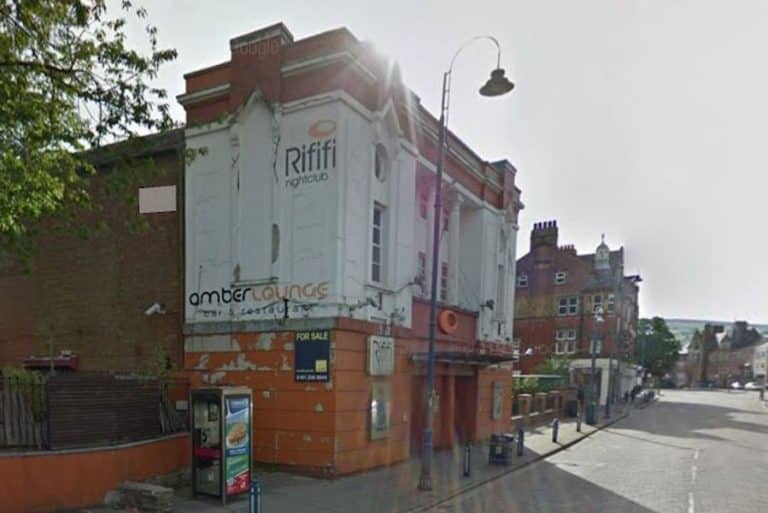
Old nightclub at the heart of ‘Staly Vegas’ could be transformed into new food hall


The best pizza in Manchester and where to get a slice of the action
